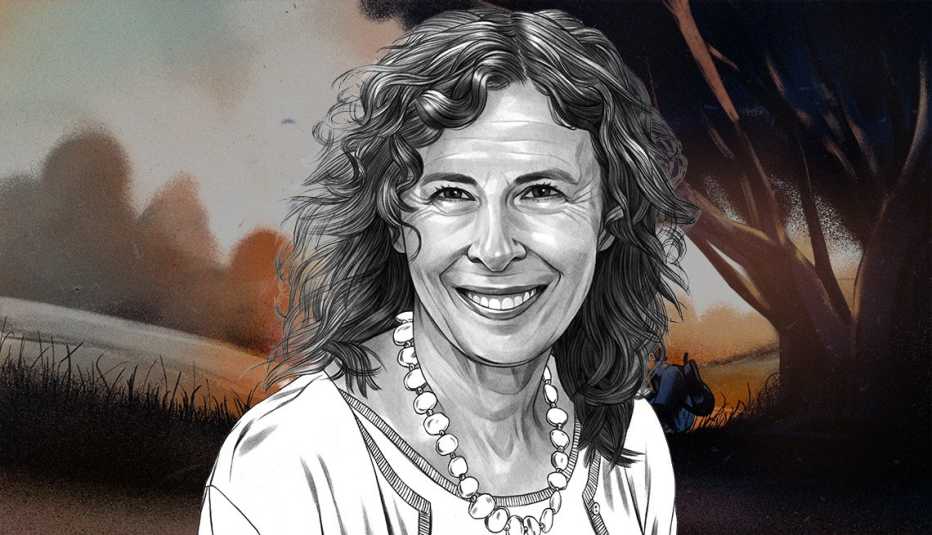Staying Fit


One September afternoon in 1999, teenagers Matthew, Zoe and Duncan Lang are walking home from school when they discover a boy lying in a field, bloody and unconscious. So begins Margot Livesey’s 11th book, The Boy in the Field, which, despite its mysterious opening chapter, is not your typical mystery novel.
The requisite gathering of clues, the police lineup of ragtag usual suspects, the grizzled (yet lovable) police detective — they are nowhere to be found. Instead, The Boy in the Field focuses on the lives — and coming of age — of the three Lang siblings. Thanks to their intervention, a boy’s life is saved, but in the aftermath of his discovery, all three are irrevocably changed.


AARP Membership— $12 for your first year when you sign up for Automatic Renewal
Get instant access to members-only products and hundreds of discounts, a free second membership, and a subscription to AARP the Magazine.
“There are many wonderful mystery writers who could have written an enthralling story about a criminal investigation,” Livesey says, “but what interested me is how someone’s life can suddenly jump the tracks and they can find themselves going in a totally new direction.”
The inspiration for the novel was sparked by one such track-jumping: Livesey’s friend had come home from high school one sunny afternoon to find the body of a girl at the bottom of his garden. “He lived in a small Scottish village where no one locked their doors, and it was the first crime in decades,” Livesey says. “The loss of life was terrible — the girl was killed by her boyfriend — but what stayed with me was my friend’s description of how those few seconds changed his life.”
Change is a prominent theme of The Boy in the Field: from child to adult, from innocence to guilt, from simplicity to knotty and complicated. By merging a mystery novel with a coming-of-age story, Livesey challenges the reader to consider how these two very different genres are rather similar.
“I hoped the whodunit would tick away in the background while the reader becomes absorbed in the lives of three teenagers,” she says. “I wish I could say everything instantly fell into place, but it took a while to figure out how to combine the two without disappointing the reader.” (Livesey certainly succeeded. The Boy in the Field was named both a New York Times Notable Book of the Year and one of O, The Oprah Magazine’s Best Books of the Year in 2020.)
Interestingly, sometimes both detective and child seek answers that are not evident — or not even there — as they struggle for knowledge. Livesey demonstrates throughout the novel the slipperiness of truth, such as when Karel, the young victim of the crime, utters a single word while he is lying in the field, a word that each sibling hears differently.


































































More From AARP
Free Books for Your Reading Pleasure
Gripping mysteries and other novels by popular authors available in their entirety online for AARP members